Marine Biosecurity Toolbox scientist Dr Ulla von Ammon joined the BLAKE Expedition and shared with the expedition team the eDNA tools, including the newly designed Cruising Speed Net, for detecting unwanted organisms in marine environments.
Better ways to capture DNA and RNA from water – collaboration with Dr. Holly Bowers from Moss Landing Marine Labs
Holly Bowers joined our group as a visiting researcher in mid-January 2020. As Research Faculty at Moss Landing Marine Labs (located on California’s central coast), her interests are focused on molecular detection of harmful algal bloom (HAB) species and their diversity in estuarine systems. She and the Cawthron’s DETECT team were gearing up to run a big experiment to test different filter types in capturing eDNA and eRNA using Alexandrium pacificum as a model species when New Zealand went into full lockdown. There was a quick choice to make – try to flee back to the US or hunker down in her favorite country? Easy choice! She was quickly able to shift efforts to working on a review paper related to eDNA/eRNA detection from a Biosecurity point-of-view. eDNA is a fast-growing field with a lot of advancement, however many aspects of sampling, concentration, and extraction have not been tested within the challenges that derive from a biosecurity framework.
Alas, the filtration experiment was finally able to be carried out once the lab opened back up!
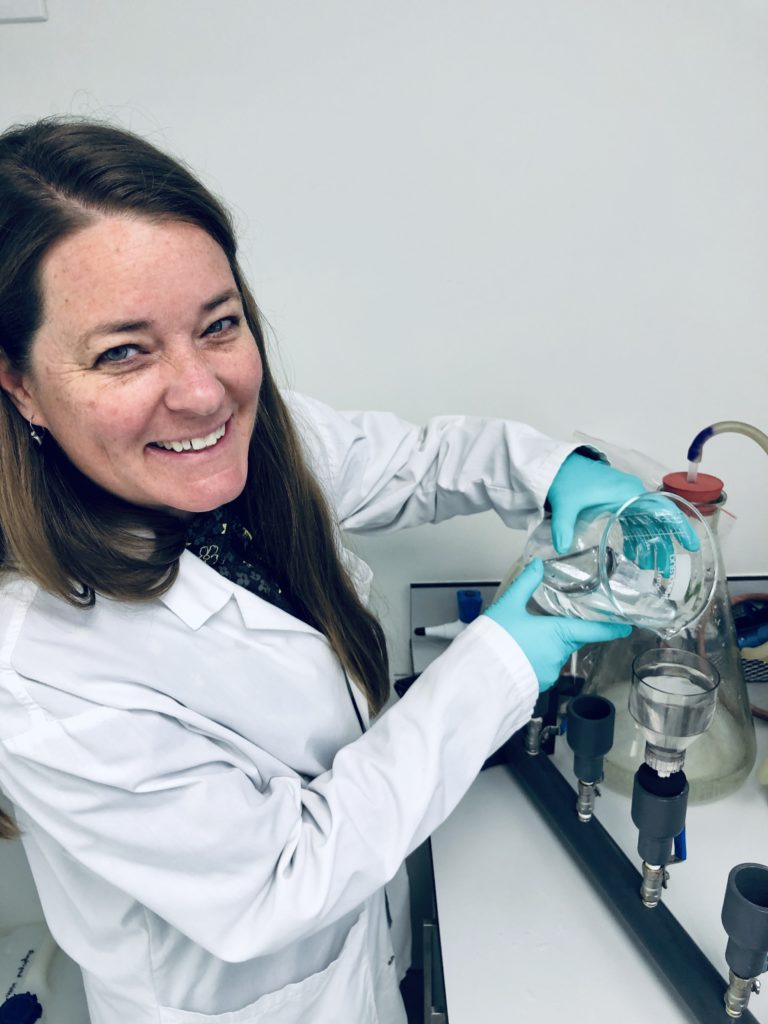
Although in aquatic systems the common practice is to concentrate waterborne nucleic acids via filtration, yet, applied filter membrane types and pore sizes vary from study to study and there is no consensus on the best approach. The versatility of forms of genetic material encountered in the environment (ranging from free-floating molecules to larger complexes and even intact organisms) complicates the decision-making on the optimal filter type.
Ideally, the efficient capture of different eDNA/eDNA fractions should be balanced with the time it takes to filter large volumes. In this experimental study, performed in collaboration with the Scion’s ECONOMICS & DECISION-SUPPORT team, we tested different filter membranes to assess capture of various fractions of target eDNA/eRNA (intact cells, broken cells, naked nucleic acids) and establish efficiency and productivity of different membranes in terms of optimizing their performance for biodiversity surveillance. In this study for the first time efficiency modelling is applied in the context of eDNA/eRNA methods comparison.
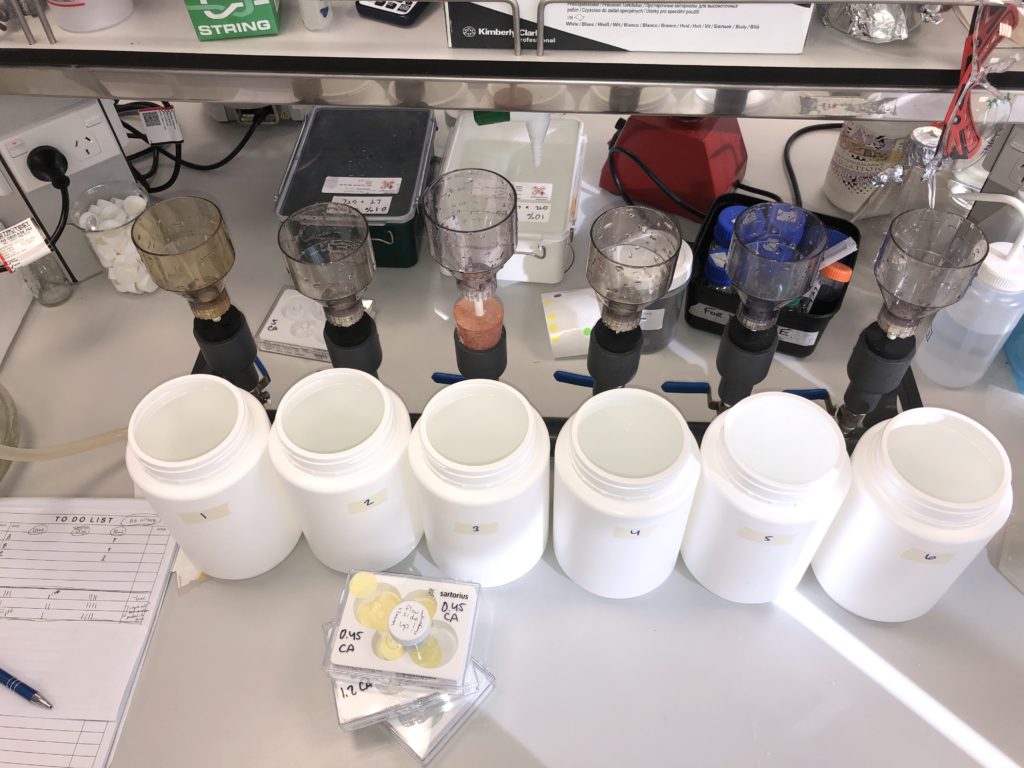
Watch this space for the updates on the results from the experiment!

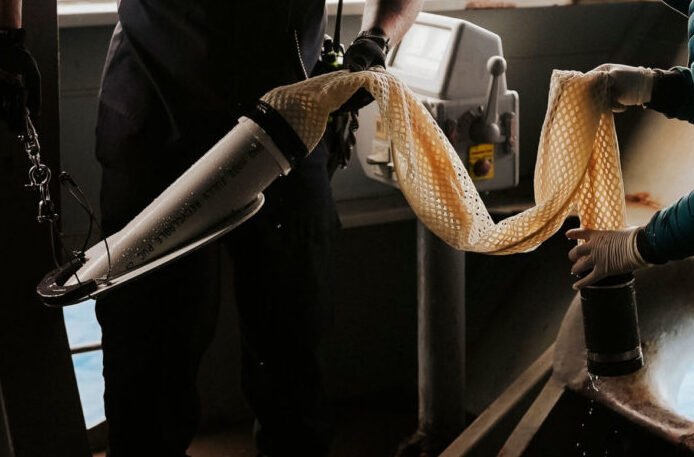
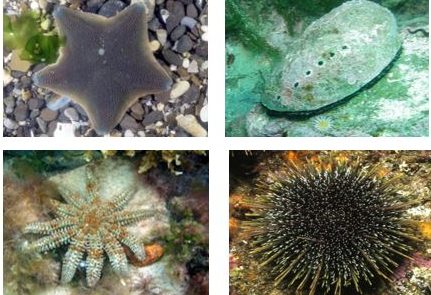
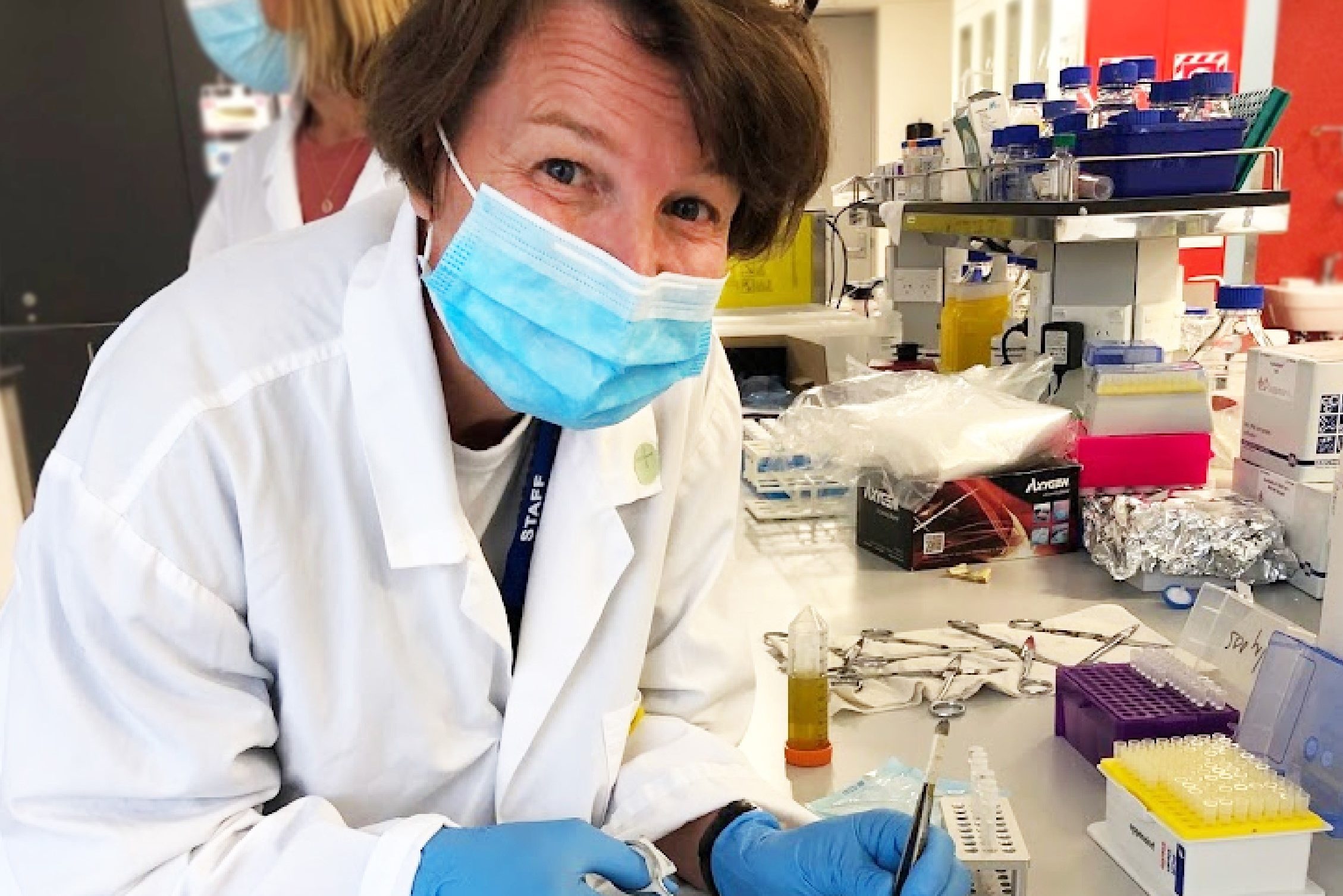
[…] out this article from the Marine Biosecurity Toolbox to learn more about Holly’s trip to New […]
[…] with different concentration of the target DNA using a portable qPCR instrument (demonstrated by Dr Holly Bowers). Finally, they established species identity from DNA sequences (the combinations of A,T,C and G […]